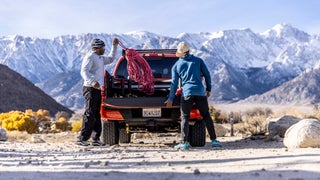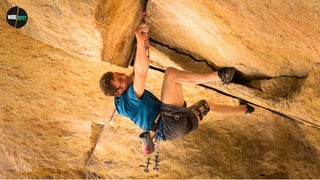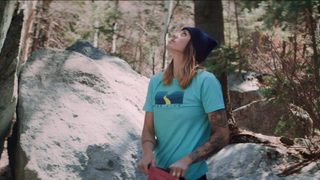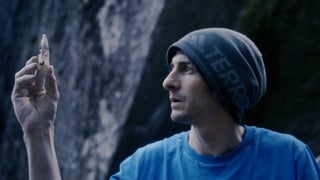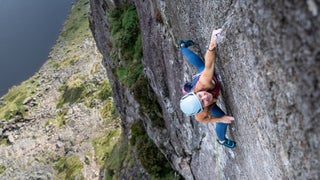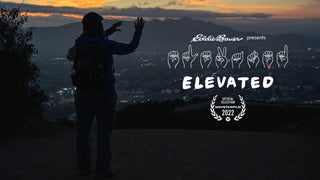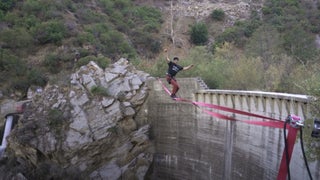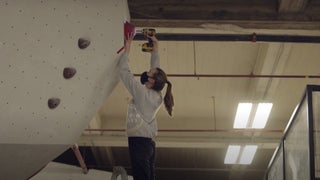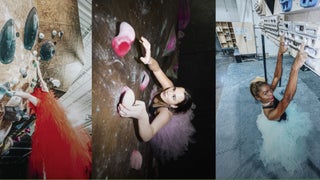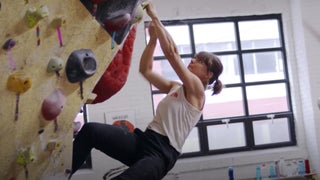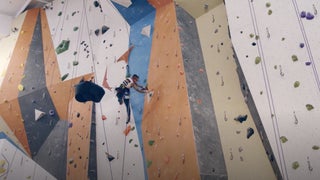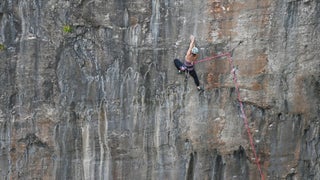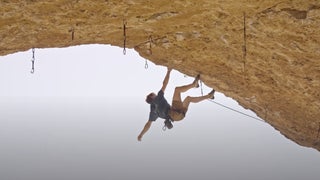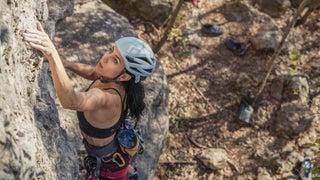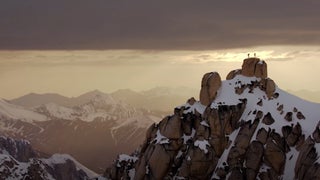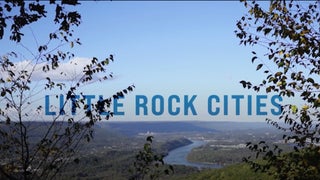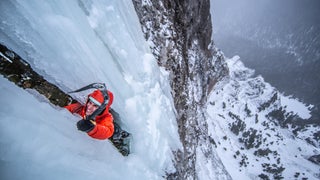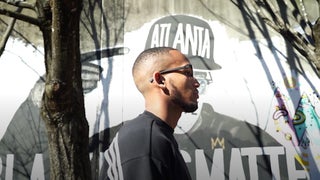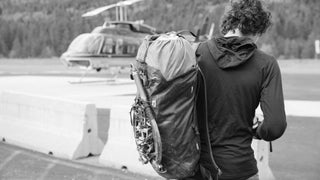Climbing
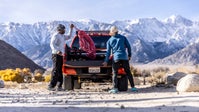
Partners in the Outdoors: Rock Climbing
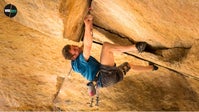
Rock Climber Pete Whittaker Flashes One of the Hardest Trad Routes
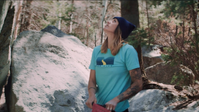
Alex Johnson Shares How You Can Support LGBTQI+ Advocacy
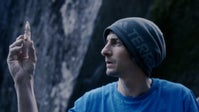
A Crystal Hunter Gets Up Close and Personal with His Bounty in New Film
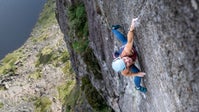
After a Nearly Fatal Fall, Climber Hazel Findlay Confronts Her Fears on the Rock
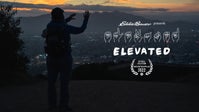
Sonya Wilson Has Been Lifting Up Deaf Climbers for a Decade
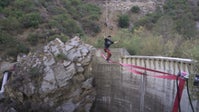
Slacklining Is All About Mental and Physical Balance
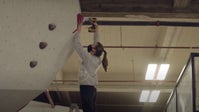
Canada’s B.I.G. Initiative Empowers Women to Achieve Their Climbing Goals
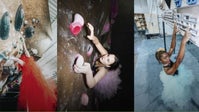
These Women Are Making Space for Femininity in Climbing
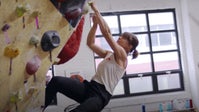
It Isn’t Always Easy to Be a Female Climbing-Gym Owner
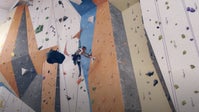
‘Not Just a Boys’ Club’ Kicks Gender Stereotypes in Climbing to the Curb
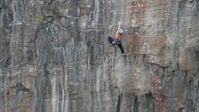
How Hazel Findlay Used a Kitchen Essential on a Difficult Climb
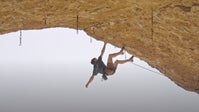
Olympic Climber Colin Duffy Is Just Getting Started
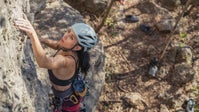
For the Texas Lady Crushers, Rock Climbing Is a Sport for Everyone
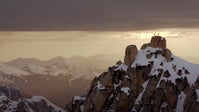
New Climbing Film Chronicles the First Ascent Across Denali
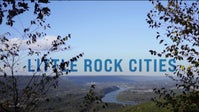
This Tennessee Climbing Trip Will Get You Excited for a Season on the Wall
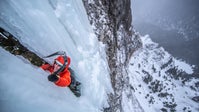
Matt Cornell’s Solo Climb of the Nutcracker Is a Testament to His Mental Fortitude

Kai Lightner Wants to Encourage the Next Generation of Rock Climbers

Why Marc-André Leclerc Agreed to Be Filmed in ‘The Alpinist’
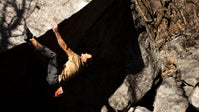
‘Home Crag’ Highlights the Precarious Future of a Beloved Utah Climbing Spot
Sonya Wilson Has Been Lifting Up Deaf Climbers for a Decade
New perk: Easily find new routes and hidden gems, upcoming running events, and more near you. Your weekly Local Running Newsletter has everything you need to lace up! .
When climbs, you won’t hear her yell, “Take!” when she’s ready to be lowered down off the wall. Instead, Wilson taps her helmet twice, a sign that conveys to her belayer that she’s reached the top of the rock and is ready for the satisfying descent. This gesture is one of many signs that Wilson, who is Deaf, uses to communicate with her fellow climbers.
For Wilson, finding a community among nonverbal climbers hasn’t always been easy. That’s why she created the ASL Climbing Network in 2012 for Deaf climbers to connect with each other. In Elevated, a new release from and presented by , filmmaker shares how Wilson, an Eddie Bauer , advocates to bridge the gap between the Deaf community and the outdoor industry.
Morse, who is learning American Sign Language but is not yet fluent, says it was one of the most challenging film projects he’s ever taken on. Elevated is an entirely nonverbal film, but Morse still wanted to play with sound, including capturing the noise Wilson’s hands make when she signs. He also carefully considered the musical score. “So often the score depends on a voice to establish mood, tone, and emotion,” Morse explains. “But with no voice, how does music drive emotion?” Ultimately, the score is upbeat, conveying the hope and excitement of Wilson’s work.
Morse, a climber himself, says that one of his biggest takeaways from the film is that verbal climbers can also use signs to interact on the wall. In some cases, such as when a belayer cannot hear a climber’s voice on an especially windy day, it might even be safer to use hand gestures rather than yell down the wall. “When folks start to think about that, I think that’s when the light switch comes on,” Morse says. “Establishing modes of nonverbal communication through signs can benefit the climbing industry as a whole.”
